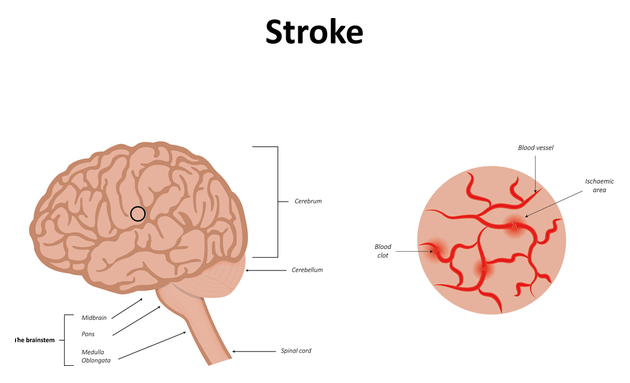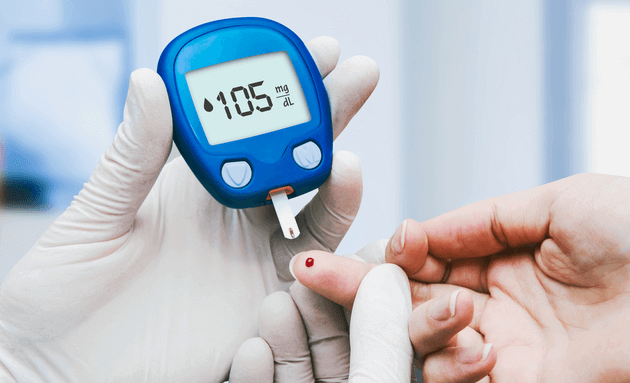
Can A Ministroke Be A Warning Sign Of A Major Problem?
Imagine experiencing a sudden droopy, heavy face, or not being able to move your arms and legs. Don’t mistake it for fatigue or exhaustion. It could be a sign of a mini-stroke, or TIA - Transient Ischemic Attack.
What is TIA?

Every 1 in 3 people who suffer a TIA get a stroke at some point. TIA or Transient Ischemic Attack is a temporary blockage of blood flow to your brain. It is popularly known as a mini-stroke and is a major warning sign of a full-blown stroke.
Sudden weakness or numbness on one side of your body or feeling dizzy are some signs you should not ignore. Transient Ischemic Attack, as the name suggests, is transient in nature and lasts only briefly.
What Are The Symptoms of A Mini-Stroke?
Symptoms of a mini-stroke are similar to that of a stroke, and they come without notice. Watch out for signs and symptoms like:
- Drooping face, eyes, or mouth on one side. You may experience difficulty smiling
- Speech problems like slurred, garbled, or hard to comprehend words
- Weak or numbed arms and legs causing difficulty balancing or coordinating movement
- Blurry vision or blindness in one or both eyes
- Partial paralysis
- Dizziness and severe headache
What Are The Causes of A Mini-Stroke?

Mini-strokes occur when there are blood clots in your brain. However, other common causes for this condition include:
- High blood pressure or Hypertension
- Narrowed arteries caused due to plaque buildup, also called atherosclerosis
- Carotid artery disease caused due to atherosclerosis
- Diabetes
- High cholesterol
What Are the Risk Factors for a Mini-Stroke?
Some non-modifiable risk factors for a Transient Ischemic Attack (TIA) are :
- An age of 55 years or above
- Family history of stroke
- Men have a higher chance of a TIA or stroke
- Sickle cell disease or Sickle Cell Anemia, an inherited disorder
- Previous strokes or TIA
- History of high blood pressure or diabetes
What To Do When You’re Experiencing A Mini-Stroke?

The following steps must be taken if you or anybody around you is experiencing symptoms of a mini-stroke:
F for Face: Notice any drooping or uneven smile as a warning sign
A for Arms: If notice drooping arms or numbness, call for help
S for Speech troubles: If there is difficulty speaking clearly it maybe a mini-stroke
T for Time: Act on time and call for help if you notice any of the symptoms.
How Can You Prevent a Mini-Stroke?

There are certain precautions and lifestyle changes that can help prevent the risk of a mini-stroke. Follow these simple tips to avoid a mini-stroke:
- Quit smoking and limit your alcohol intake
- Eat a balanced diet with fresh fruits and vegetables
- Engage in regular physical activity
- Maintain a healthy weight
- Don’t use drugs or other harmful substances
- Control your diabetes and cholesterol levels
- Keep your blood pressure in check
- Perform calming exercises like yoga or meditation to control stress levels

